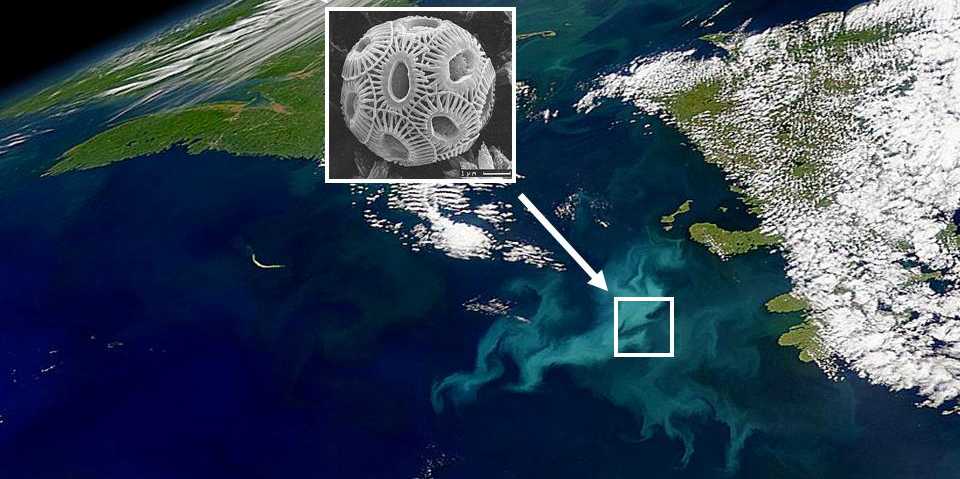Ocean Carbon Dynamics
The oceanic biological pump is considered to play a crucial role in the carbon cycle through its capacity to remove carbon from surface waters and sequester it in the deep ocean and underlying sediments. Although the operation of the biological pump is in principle understood, there are many facets that remain poorly constrained. In particular, the mechanisms of carbon transfer remain elusive, there are regions of the ocean where observations are limited, and there is considerable uncertainty concerning if and how the efficacy of the biological pump will respond to climate change. Two key systems where the biological pump remains understudied are over continental margins and under ice-covered waters of the Arctic Ocean. We are exploring these systems through the application of novel molecular and isotopic tools to develop new insights into the dynamics of carbon production and export, as well as the fate of carbon delivered to the deep ocean. Our work in the Arctic Ocean reveals the existence of an ineffective biological pump, raising questions concerning how this system will respond to the rapid changes in sea ice and surface ocean conditions that are underway. Our studies of continental margins have yielded evidence for widespread and extensive particulate organic carbon dispersal to the ocean interior. Much remains to be understood concerning the mechanisms and dynamics of carbon transport, the behaviour different continental margin systems (e.g., active vs. passive), and the global significance of margin-to-deep ocean transport processes on carbon budgets and sedimentary records.
Our current projects on ocean carbon dynamics
TRAMPOLINE
Temporal relationships among proxy signals in marine sediments
Rosetta Stone
Deciphering the paleoclimatic record
SLOB
The SLoppy Ocean Bottom Hypothesis
